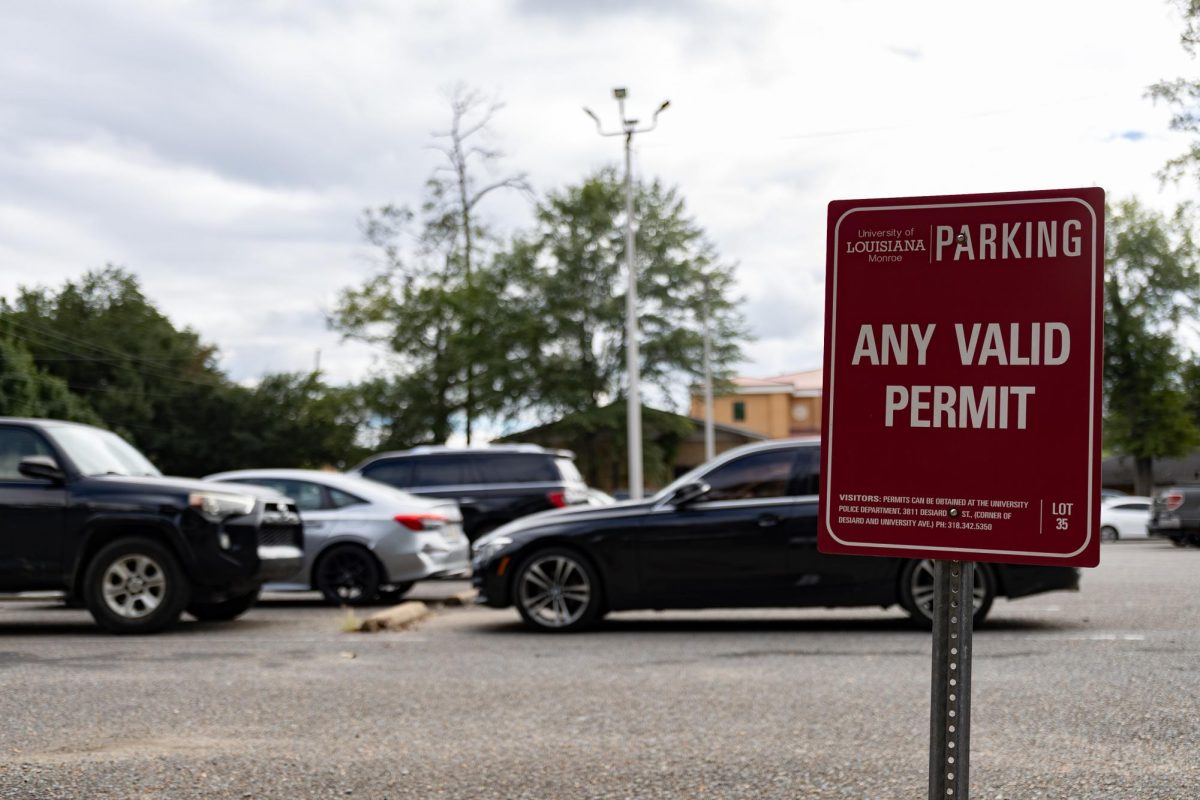While eating Pizza Rolls and catching up on the latest news over the break, I ran across a story that really caused my mind to wonder.
A Texas man was freed from prison after being convicted and serving years in for a murder committed in 1981. A murder—it turns out—he didn’t commit.
Randolph Arledge maintained his innocence while serving the time, and for many years he was forced to live in a cell and suffer the consequences of someone else’s actions.
It wasn’t until 2011 that advanced DNA testing proved hair samples found at the scene of the crime weren’t his.
Arledge’s story is just one of the many of its kind.
Now, my issue is not the innocent people in jail—that’s a completely different story. My main issue is how they’re getting there and how easy it can happen.
Many people have been wrongfully convicted in the U.S. over the years because of official’s misconduct and false confessions.
Yet approximately 75 percent of those wrongfully convicted, and their rulings overturned by post conviction DNA evidence, were convicted due to mistaken eyewitness identification, according to the Innocence Project.
We’ve all seen Law and Order, or similar shows, where police will bring in a group of suspects and the witness will stand behind a one-way glass and point the offender out.
Well, it happens in real situations as well. And here lies a problem: police “simultaneous” lineups—in which multiple suspects are presented at the same time—and the way they’re conducted.
You would expect all of the individuals in a “simultaneous” lineup to have features that match the witness’s description given beforehand—but that’s not always the case.
In some situations, the police will already have a suspect in mind and it shows in the lineup. The witness may have described the offender as someone with a tattoo on his or her neck and the lineup may only present ONE person with a tattoo on his or her neck, causing that suspect to stand out.
Anyone but me see a problem?
Solution number one: everyone in the lineup should resemble the witness’s description somewhat, not just one person.
Even still, it can be difficult for the witness to tell.
Research from Iowa State University shows when using a simultaneous lineup, witnesses are more likely to compare the suspects to each other, rather than to their memory of the offender.
Solution: show the suspects one by one and they should each still all resemble the witness’s description.
Over 1,060 people have been exonerated after serving time in prison for crimes they didn’t commit, according to the National Registry of Exonerations. And lets’ be honest—that’s probably just the tip of the iceberg.
To some, that may not be many. But think about it—what if you were one of those people?
What if for 15 years you were forced to pay the price for something you didn’t steal? Fifteen years of your life—stolen.
Not to mention most of the people exonerated are compensated.
I wonder where the money is coming from—tax dollars anyone?
We could save money in that department if we’d limit the number of people needed to be exonerated.
No, the solutions I gave won’t solve everything, nor are the suspect lineups the only problem. But we’ve got to start somewhere and the first step is witness identification.



